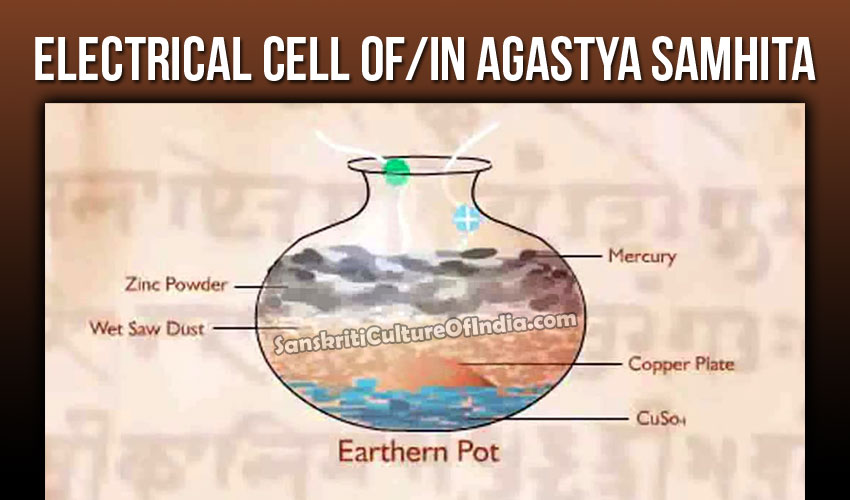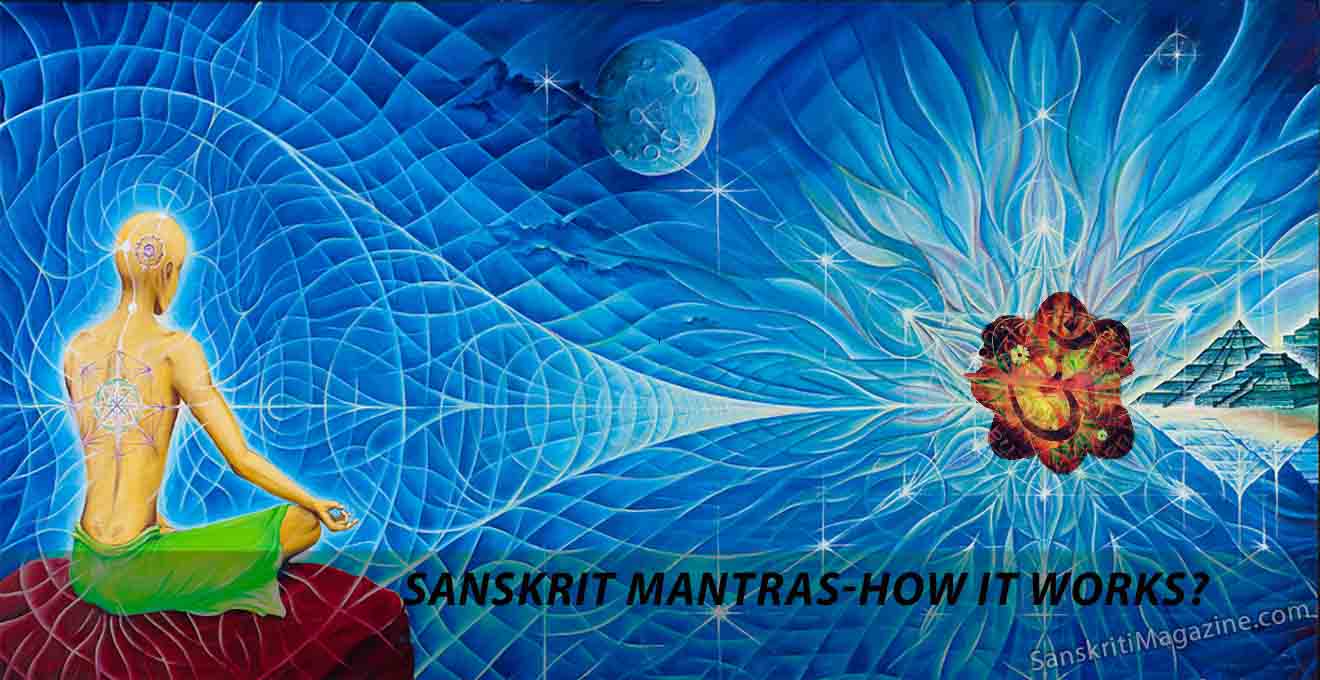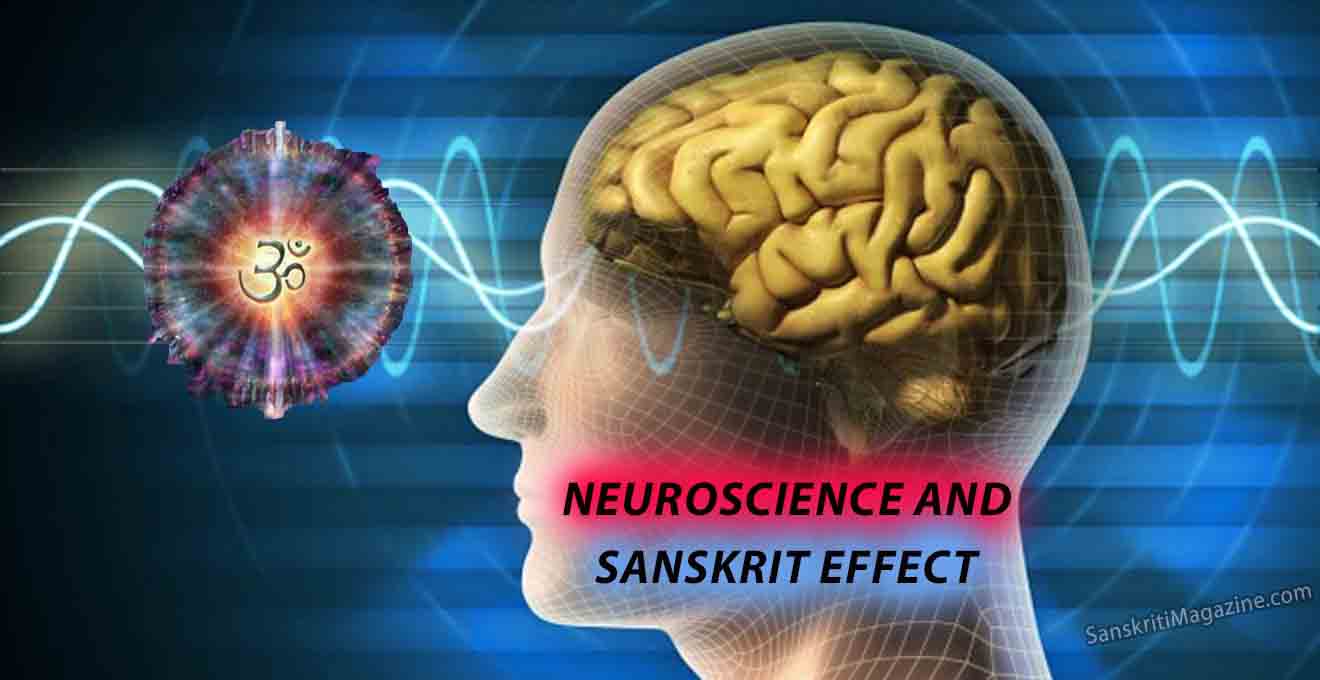Agastya Samhita written around 4000 BC by sage Agatsya, describes method to make dry electric cell with 1.138 volts and 23 mA and electroplating process, hydrogen balloons.
The ancient text of Agastya Samhita describes the method of making electric battery, and that water can be split into oxygen and hydrogen. Modern battery cell resembles Agastya’s method of generating electricity.
For generating electricity, Sage Agastya had used the following material:
1.One earthen pot
2.Copper plate
3.Copper sulphate
4.Wet saw dust
5.Zinc amalgam
His text says : “Sansthapya Mrinmaya Patre Tamrapatram Susanskritam Chhadyechhikhigriven Chardrarbhih Kashthpamsubhih. Dastaloshto Nidhatavyah Pardachhaditastah Sanyogajjayte Tejo Mitravarunsangyitam”
संस्थाप्य मृण्मये पात्रे ताम्रपत्रं सुसंस्कृतम्। छादयेच्छिखिग्रीवेन चार्दाभि: काष्ठापांसुभि:॥ दस्तालोष्टो निधात्वय: पारदाच्छादितस्तत:। संयोगाज्जायते तेजो मित्रावरुणसंज्ञितम्॥
Which means, “Place a well-cleaned copper plate in an earthenware vessel. Cover it first by copper sulfate and then by moist sawdust. After that, put a mercury-amalgamated zinc sheet on top of the sawdust to avoid polarization. The contact will produce an energy known by the twin name of Mitra-Varuna. Water will be split by this current into Pranavayu and Udanavayu. A chain of one hundred jars is said to give a very effective force. (p. 422)”
When a cell was prepared according to Agastya Samhita and measured, it gives open circuit voltage as 1.138 volts, and short circuit current as 23 mA.
Anen Jalbhangosti Prano Daneshu Vayushu Evam Shatanam Kumbhanamsanyogkaryakritsmrita
if we use the power of 100 earthen pots on water, then water will change its form into life-giving oxygen and floating hydrogen.
Vayubandhakvastren Nibaddho Yanmastake Udanah Swalaghutve Bibhartyakashayanakam.
If hydrogen is contained in an air tight cloth, it can be used in aerodynamics, i.e. it will fly in air. (Today’s Hydrogen Balloon)











